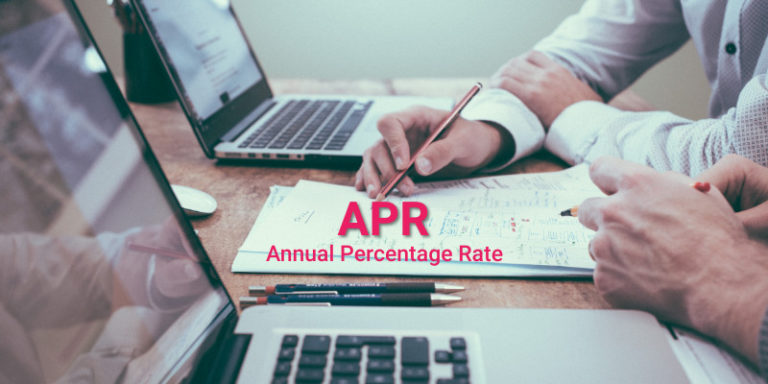What is APR?
When you’re looking at finance, whether its for car loans, mortgages or payday loans, it makes good sense to do your due diligence and compare different lenders to find the best deal.
Many of us have a tendency to focus on the interest rates lenders are offering. We will favour the lowest interest rate in order to save ourselves a bit of money, right? Wrong!
What’s is the best way to compare loan products?

To level out the playing field, you should compare the Annual Percentage Rate (APR) quoted by lenders. This is a more accurate gauge of what the loan will actually cost – with all the other fees factored in.
Every lender will have a different fee structure and different interest rates you need to factor in before you can work out the best option. The APR is a good way to compare simple interest loans. Simple interest can be either fixed or variable and is only charged on the loan principal (not on the interest).
If you are looking at a loan with compounding interest, the Average Percentage Yield (APY) is the calculation you should use to do your comparisons.
How is APR calculated?
You don’t normally need to calculate the APR yourself; your lender will do it for you. Remember, this is not likely to be the best option if you are looking at a loan with compounding interest.
APR Formula and Calculation
(for those that aren’t afraid of a little bit of maths)

Interest = total interest paid over the life of the loan
Principle = amount borrowed/loan amount
n = number of days of the loan’s term.
Your APR will be provided as a percentage which tells you how much your loan is costing you per annum.
What is APY?
APY stands for Annual Percentage Yield. This is a good way to compare loans with compounding interest (interest charged on top of interest) and is seen as more universally applicable by many. The calculations are a little more complex but should be provided to your lender.
How to calculate the APY?
APY = (1 + r/n)n-1
r = stated annual interest rate
n = number of compounding periods per year
What’s the difference between the APR vs APY?
The APR and APY are different calculations you can use to work out the actual cost of your loan (with the inclusion of hidden costs, bank charges, compulsory insurance etc).
If your loan has simple interest, the APR is a suitable way to determine the overall annual cost of your loan. You can use the APR calculation for loans with both fixed and variable interest (just be aware that interest rate changes will change your APR).
If you are looking at a loan with compounding interest or a credit card, then the APR will not be the best comparison. In these circumstances, you need to use the APY calculations. This is a bit more complex and factors in the compounding interest periods.
Key take-outs
- It’s important not to only focus on the interest rates when you are shopping around for finance.
- Make sure you understand the differences between the APR and APL, and when you should use them before choosing a lender.
- Remember, lenders will market the most attractive looking numbers – but they may not be an accurate representation of the true cost. You may be shown the APR numbers for their compound interest loans or presented with a low interest rate (without any mention of their exorbitant administration fees)
- Don’t rush your decision, if you’re not sure, get some help from an expert. Choosing the wrong loan can prove to be a costly mistake.



